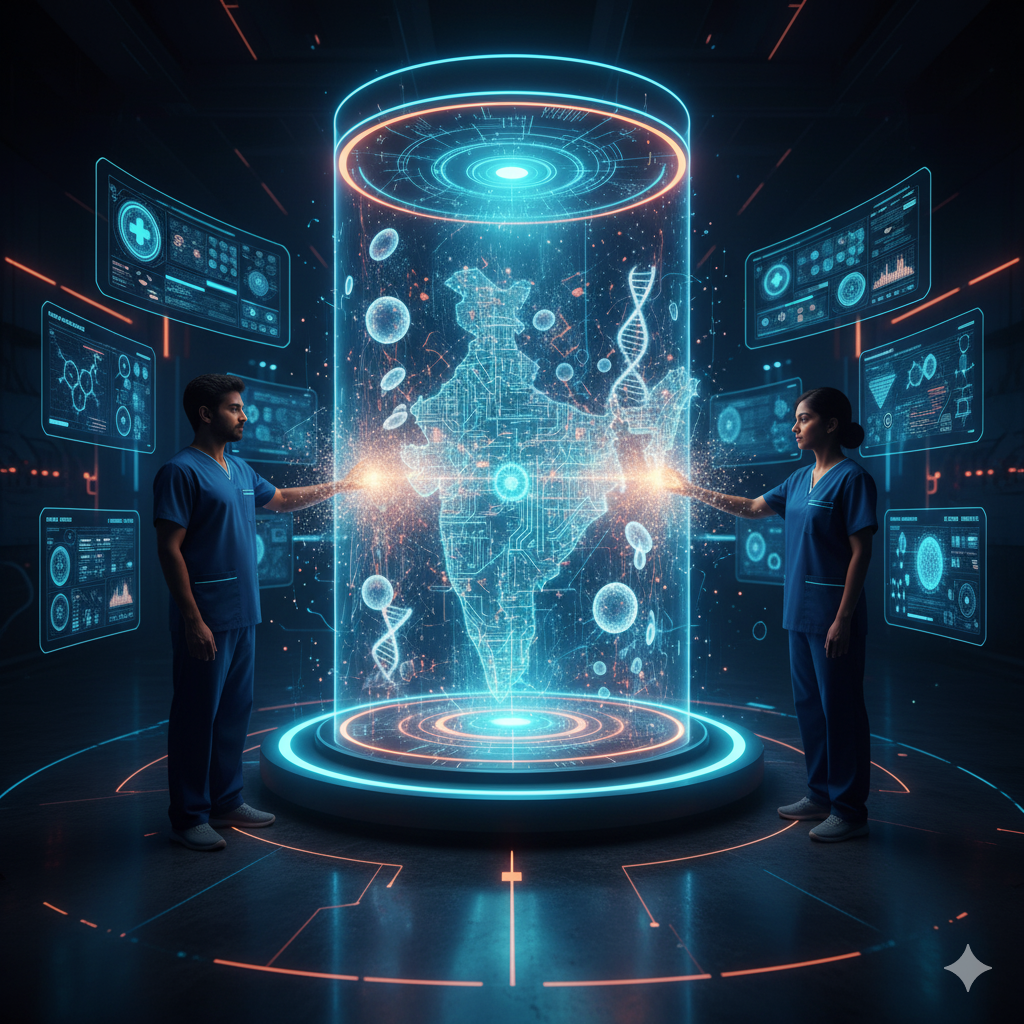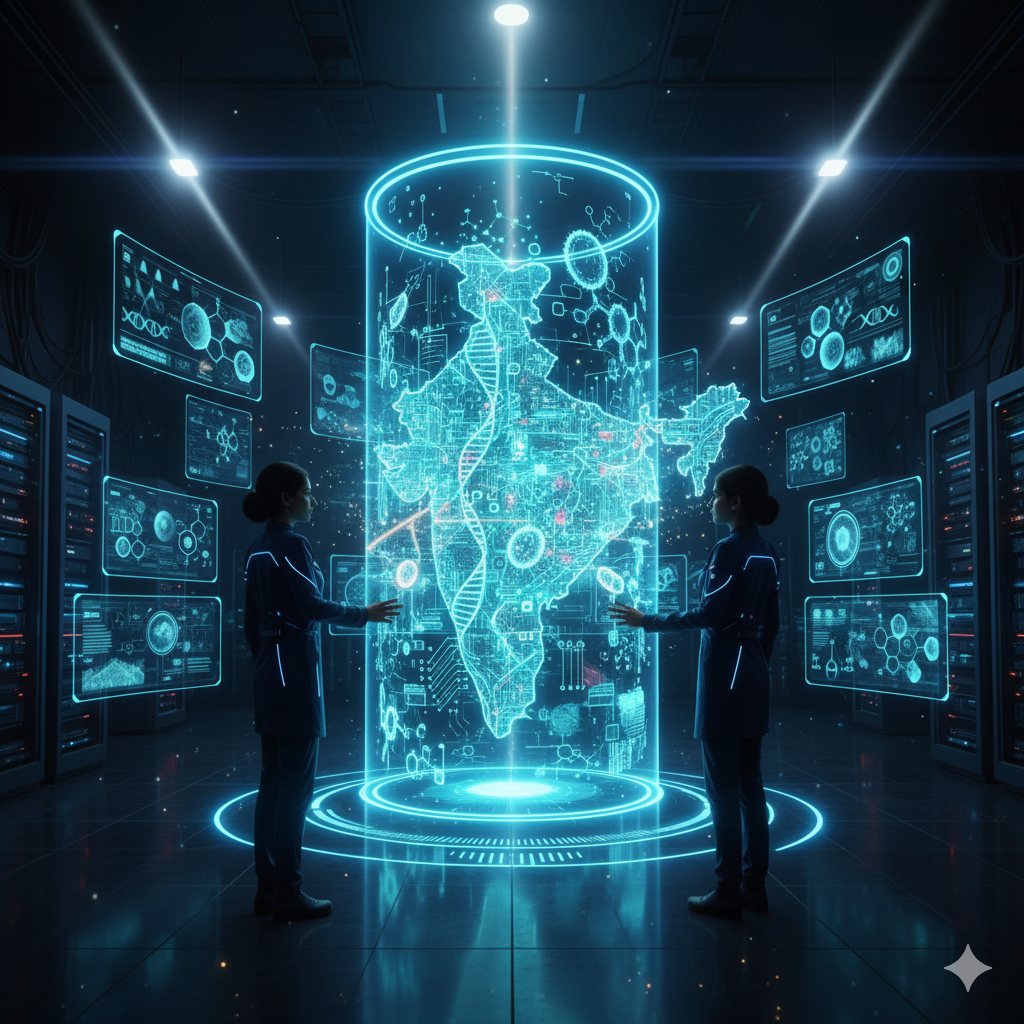Introduction
In recent years, stem cell therapy has emerged as a promising frontier in medicine, revolutionizing the way various medical conditions are treated. In India, this therapy has gained popularity for treating blood disorders like leukemia and thalassemia, repairing damaged corneas, managing burns, and exploring regenerative therapies for chronic diseases. Stem cells possess a unique ability to self-renew and differentiate into multiple specialized cell types, making them invaluable in medical science.
Unlike conventional treatments that often focus on managing symptoms, stem cell therapy aims to repair, replace, and regenerate damaged tissues and organs, offering potential cures for previously untreatable conditions. This essay explores the concept of stem cell therapy, its applications, advantages over traditional treatments, and the impact it has on modern healthcare in India.
1. Understanding Stem Cell Therapy
1.1 What Are Stem Cells?
Stem cells are undifferentiated cells capable of:
- Self-Renewal – dividing to produce more stem cells.
- Differentiation – transforming into specific cell types, such as blood cells, neurons, or corneal cells.
Types of Stem Cells:
- Embryonic Stem Cells (ESCs): Derived from early-stage embryos; pluripotent (can form almost any cell type).
- Adult Stem Cells (ASCs): Found in tissues like bone marrow, blood, and fat; multipotent (limited differentiation capacity).
- Induced Pluripotent Stem Cells (iPSCs): Adult cells genetically reprogrammed to behave like embryonic stem cells; pluripotent.
- Cord Blood Stem Cells: Derived from umbilical cord blood; rich in hematopoietic stem cells for blood-related disorders.
1.2 Concept of Stem Cell Therapy
Stem cell therapy involves isolating stem cells, expanding them in vitro, and transplanting them into patients to repair damaged tissues or treat diseases.
Mechanism of Action:
- Tissue Regeneration: Stem cells differentiate into the required cell type to replace damaged tissue.
- Immune Modulation: Some stem cells secrete molecules that suppress inflammation and support healing.
- Paracrine Effects: Release of growth factors that stimulate tissue repair.
2. Applications of Stem Cell Therapy in India
2.1 Hematological Disorders
- Leukemia and Thalassemia:
- Bone marrow transplantation (BMT) using hematopoietic stem cells can replace defective blood-forming cells.
- Cord blood stem cells provide less immunogenic transplants, reducing graft-versus-host disease risk.
- Bone marrow transplantation (BMT) using hematopoietic stem cells can replace defective blood-forming cells.
- Sickle Cell Anemia: Stem cell therapy corrects defective red blood cells, improving oxygen transport and quality of life.
2.2 Ophthalmology
- Damaged Cornea and Retinal Disorders:
- Limbal stem cells are transplanted to restore corneal epithelium, improving vision in patients with burns or chemical injuries.
- iPSCs offer potential for retinal repair in degenerative eye conditions.
- Limbal stem cells are transplanted to restore corneal epithelium, improving vision in patients with burns or chemical injuries.
2.3 Burns and Skin Injuries
- Severe Burns: Stem cells aid in regenerating skin tissue, reducing scarring, and accelerating healing.
- Chronic Wounds: Diabetic ulcers and pressure sores benefit from stem cell-based therapies that promote angiogenesis and tissue repair.
2.4 Neurological Disorders
- Research in India focuses on using stem cells for Parkinson’s disease, spinal cord injuries, and stroke rehabilitation.
- Stem cells may differentiate into neurons and glial cells, aiding functional recovery.
2.5 Cardiovascular Diseases
- Stem cells can repair damaged heart tissue after myocardial infarction.
- Clinical trials show improved cardiac function, reduced scar tissue, and enhanced blood flow.
2.6 Regenerative Medicine and Future Prospects
- Stem cells are explored for diabetes, osteoarthritis, liver diseases, and kidney failure.
- Potential to reduce dependence on organ transplantation and long-term medications.
3. Advantages of Stem Cell Therapy Over Conventional Treatments
3.1 Potential for Complete Healing
- Unlike conventional therapies that often manage symptoms, stem cell therapy aims for tissue regeneration and functional restoration.
- Example: In leukemia, stem cell transplantation replaces diseased bone marrow, offering a potential cure rather than symptomatic treatment.
3.2 Reduced Dependence on Donor Organs
- Stem cell therapy can generate tissues and cells in vitro, reducing the need for organ transplants.
- Minimizes issues like organ shortage, transplant rejection, and lifelong immunosuppression.
3.3 Minimally Invasive Procedures
- Many stem cell therapies involve injections or infusions, which are less invasive compared to surgeries.
- Reduced hospital stay, faster recovery, and lower surgical risks.
3.4 Immunomodulatory Benefits
- Stem cells can suppress overactive immune responses, making them useful in autoimmune diseases and inflammatory conditions.
- Reduces the need for long-term immunosuppressive drugs with severe side effects.
3.5 Applicability Across Multiple Disorders
- Stem cells are versatile, capable of treating blood disorders, organ damage, neurological injuries, and degenerative diseases.
- A single therapeutic platform can address a wide spectrum of medical conditions, unlike traditional drugs targeted at specific symptoms.
3.6 Lower Risk of Side Effects
- Using autologous stem cells (derived from the patient’s own body) minimizes immune rejection and adverse reactions.
- Reduces reliance on chemical drugs, which may have toxic side effects.
3.7 Potential for Personalized Medicine
- Stem cells allow patient-specific therapies using autologous or genetically corrected cells.
- Enables tailored treatment strategies based on individual needs, genetics, and disease progression.
4. Stem Cell Therapy Infrastructure in India
4.1 Leading Hospitals and Research Institutes
- All India Institute of Medical Sciences (AIIMS), New Delhi – Bone marrow transplants and regenerative medicine research.
- Bangalore Stem Cell Institute – Cord blood banking and therapeutic applications.
- Manipal Hospital, Chennai – Stem cell therapy for hematological and neurological disorders.
4.2 Cord Blood Banking
- India has a growing network of private and public cord blood banks for storing hematopoietic stem cells.
- Public banks like National Stem Cell Bank, AIIMS facilitate allogeneic transplantation for patients nationwide.
4.3 Clinical Trials and Research Initiatives
- Multiple clinical trials are underway for neurological disorders, cardiac repair, and regenerative ophthalmology.
- Government agencies like ICMR, DBT, and BIRAC support stem cell research and translational studies.
5. Ethical Considerations and Safety
5.1 Ethical Aspects
- Use of embryonic stem cells raises concerns about embryo destruction.
- India promotes research in adult and cord blood stem cells, which are ethically less controversial.
5.2 Regulatory Framework
- Stem cell therapy in India is governed by ICMR-DBT Guidelines (2017).
- Clinical use requires approval from regulatory authorities, ensuring safety, efficacy, and ethical compliance.
5.3 Risks and Limitations
- Possible risks include immune reactions, tumor formation, and unproven therapies from unregulated clinics.
- Patients must seek treatment from authorized centers following standard protocols.
6. Advantages Over Other Treatments: Summary
| Aspect | Stem Cell Therapy | Conventional Treatments |
|---|---|---|
| Healing | Regenerative; targets underlying tissue repair | Symptomatic management |
| Invasiveness | Often minimally invasive | Surgery may be required |
| Side Effects | Lower, especially with autologous cells | Drugs may cause systemic toxicity |
| Personalization | Patient-specific options available | One-size-fits-all drug regimens |
| Applicability | Treats multiple organ and tissue types | Often disease-specific |
| Long-Term Benefit | Potential for permanent cure | Often requires lifelong medication |
| Immune Modulation | Can reduce inflammation and autoimmune response | Limited effect on immune modulation |
7. Future Prospects in India
7.1 Expansion of Clinical Applications
- Stem cell therapy is expected to expand into chronic diseases like diabetes, liver cirrhosis, kidney failure, and neurodegenerative disorders.
7.2 Regenerative Medicine and Organ Replacement
- Research focuses on bioengineered organs using stem cells, potentially eliminating the organ transplant shortage.
7.3 Personalized and Precision Medicine
- Advances in iPSCs and gene editing allow customized therapies based on the patient’s genetic profile.
7.4 Collaboration and Investment
- Increased public-private partnerships, international collaborations, and government funding will accelerate the translation of stem cell research into clinical therapies.
Conclusion
Stem cell therapy represents a paradigm shift in modern medicine, offering regenerative solutions for conditions that were once considered untreatable. In India, its growing adoption in treating leukemia, thalassemia, corneal damage, burns, and other medical conditions demonstrates its transformative potential.
The advantages of stem cell therapy over conventional treatments include regenerative healing, minimal invasiveness, lower side effects, immune modulation, and personalized medicine capabilities. With continued research, ethical oversight, and regulatory support, stem cell therapy promises to enhance patient care, reduce disease burden, and elevate India’s status in global medical innovation.




